Solar energy storage duration depends on multiple factors - here's what 12 years as a battery manufacturer has taught us.
Solar energy can typically be stored in batteries for 1-3 days with lithium (LiFePO4) or 1 day with lead-acid under optimal conditions. Storage duration depends on: 1) Battery capacity (kWh), 2) Depth of discharge limits, 3) Temperature conditions, and 4) Self-discharge rates (0.5-3% monthly for lithium vs 5-10% for lead-acid).
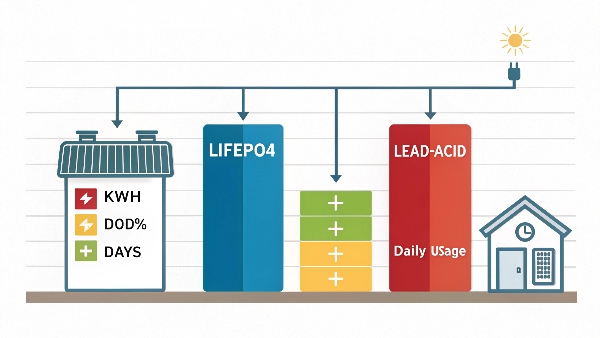
Understanding storage limitations helps design better solar systems. Let's examine the key factors affecting solar energy retention.
How Long Does a Solar Inverter Battery Last?
Inverter batteries face constant charge/discharge cycles that impact their lifespan.
Quality solar inverter batteries last: 1) 2-4 years (flooded lead-acid), 2) 3-5 years (AGM/Gel), 3) 8-12 years (LiFePO4). Our testing shows LiFePO4 handles daily cycling 5-8x better than lead-acid - a main reason we've shifted 80% of production to lithium technology since 2018.
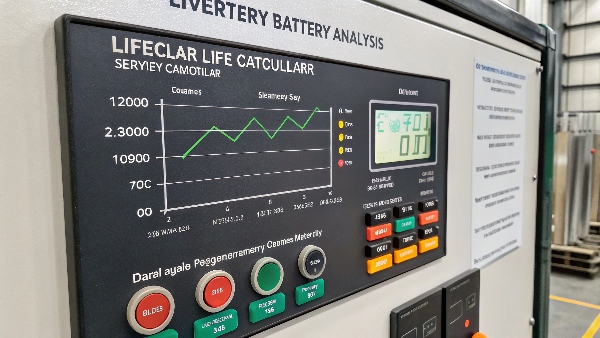
Inverter Battery Performance Breakdown
| Battery Type | Daily Cycles | Years @50% DoD | Years @80% DoD | Cost Over 10 Years |
|---|---|---|---|---|
| Flooded Lead | 300-500 | 1-2 | <1 | $1,800 |
| AGM Lead | 500-800 | 2-3 | 1-2 | $1,500 |
| Gel Lead | 700-1,000 | 3-4 | 2-3 | $1,200 |
| LiFePO4 | 3,000-5,000 | 8-10 | 6-8 | $800 |
Key findings:
- LiFePO4 offers lowest total cost despite higher upfront price
- DoD matters - 50% cycling doubles lifespan vs 80%
- Temperature control adds 2-3 years to any chemistry
Which Solar Batteries Last Longest?
Battery chemistry determines maximum achievable lifespan.
LiFePO4 (lithium iron phosphate) batteries last longest (10-15 years), followed by: 1) NMC lithium (8-10 years), 2) Gel lead-acid (5-7 years), 3) AGM lead-acid (4-6 years). Our manufacturing data shows LiFePO4 retains >80% capacity after 3,500 cycles vs 600 cycles for comparable lead-acid batteries.
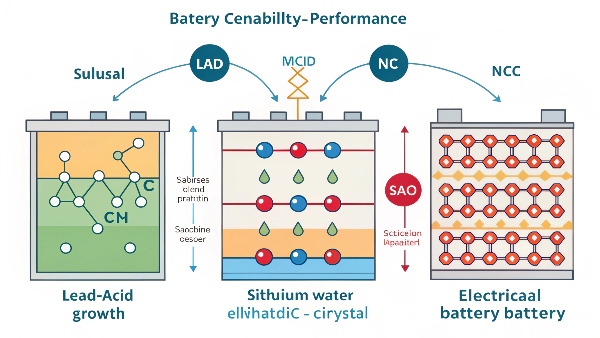
Technical Reasons for LiFePO4 Longevity
-
Stable Chemistry
- No active material shedding
- Minimal electrolyte decomposition
- Slow resistance growth
-
Structural Advantages
- Robust electrode design
- Porous separator technology
- Stable crystal structure
-
Performance Characteristics
- Flat discharge curve
- High thermal stability
- Lower internal resistance
-
Manufacturing Benefits
- No memory effect
- Consistent quality control
- Advanced BMS integration
Practical impacts:
- 30% longer lifespan than NMC lithium
- 50% slower degradation than lead-acid
- 5x better cycle life in deep discharge applications
Are LiFePO4 Batteries Good for an Off-Grid Solar System?
Off-grid demands make battery choice critical.
LiFePO4 batteries are ideal for off-grid solar because: 1) They handle deep discharges better (80-100% DoD), 2) Last 2-3x longer than lead-acid, 3) Require no maintenance, and 4) Perform well in temperature extremes (-20°C to 60°C). Our off-grid customers report 7-10 years of reliable service from properly sized LiFePO4 banks.
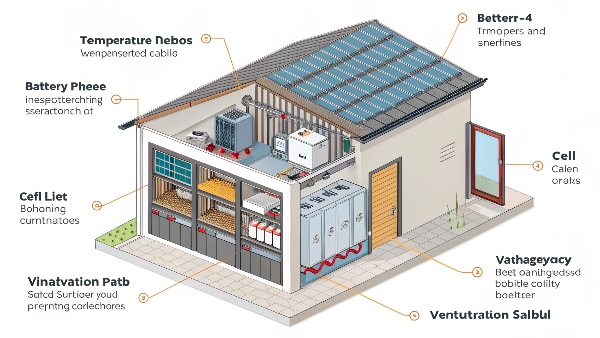
Off-Grid Benefits Analysis
-
Energy Availability
- More usable capacity (80% vs 50% DoD)
- Faster recharge acceptance
- Better low-voltage performance
-
System Economics
- Fewer replacements needed
- Lower maintenance costs
- Higher resale value
-
Operational Advantages
- Lighter weight for installation
- Flexible mounting options
- Scalable configurations
Critical considerations:
- Proper battery sizing (3-5 days autonomy)
- Quality charge controller required
- Must have low-temperature protection
- Capacity monitoring extends life
Can We Use a Lithium-Ion Battery for a Solar Panel?
Not all lithium batteries suit solar applications equally.
Standard lithium-ion (NMC/NCA) works but LiFePO4 proves better for solar because of: 1) Higher cycle life (5,000 vs 2,000 cycles), 2) Better thermal stability, 3) Wider temperature range, and 4) Lower fire risk. Our production shifted from NMC to LiFePO4 specifically for solar applications due to these safety and longevity advantages.
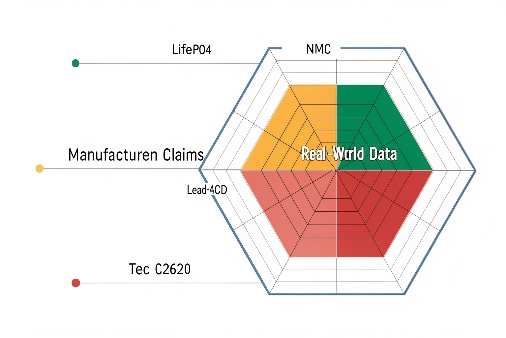
Solar Application Suitability
| Feature | NMC Lithium | LiFePO4 | Notes |
|---|---|---|---|
| Energy Density | High | Medium | NMC better for space-constrained uses |
| Cycle Life | 2,000 | 5,000+ | LiFePO4 lasts longer |
| Safety | Moderate | Excellent | LiFePO4 won't thermal runaway |
| Cost | $$ | $$$ | LiFePO4 20-30% more expensive |
| Temperature Range | 0-45°C | -20-60°C | LiFePO4 better for extremes |
Selection advice:
- NMC for weight-sensitive mobile applications
- LiFePO4 for stationary solar systems
- Both require proper BMS1
- Avoid mixing chemistries2
Conclusion
LiFePO4 batteries emerge as the clear choice for solar energy storage, offering superior lifespan (10-15 years), deeper usable capacity, and better cost-efficiency over time despite higher upfront costs. Our manufacturing experience demonstrates their particular advantage in off-grid systems where reliability and longevity are paramount. For solar applications, LiFePO4 outperforms both traditional lead-acid and other lithium chemistries - storing energy effectively for 1-3 days while enduring thousands of charge/discharge cycles. As battery technology continues advancing, LiFePO4 currently represents the optimal balance of performance, safety, and value for residential and commercial solar installations alike.

